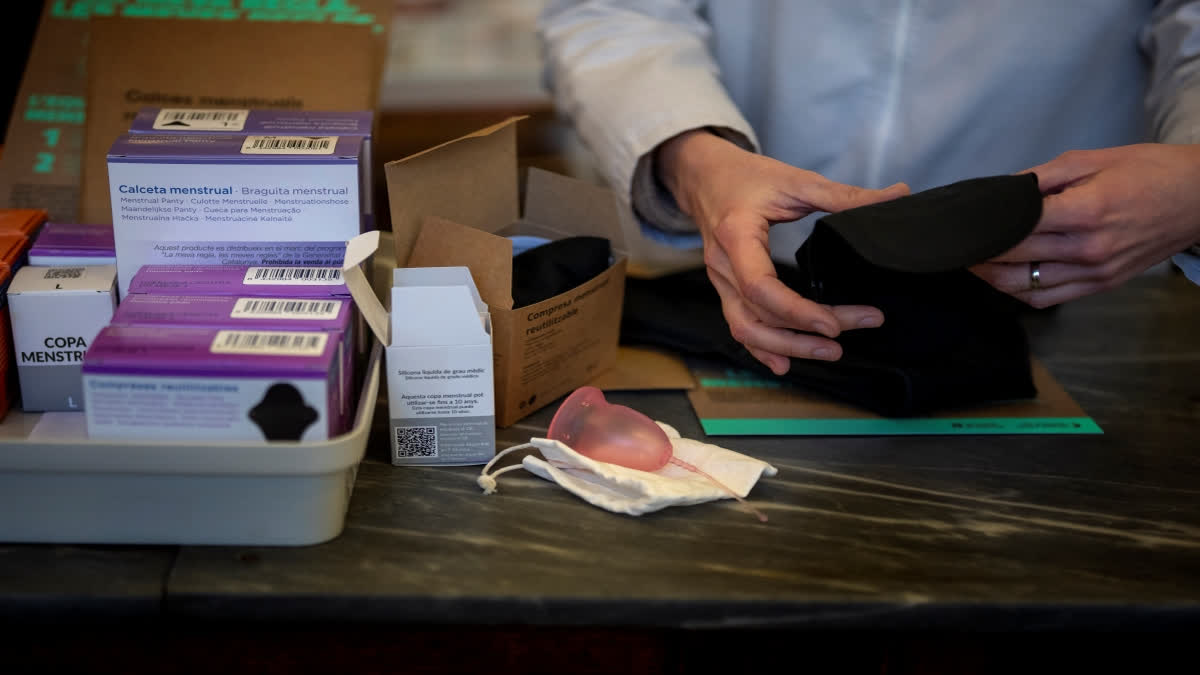Hyderabad: As per Government of India’s recent National Family Health Survey (NFHS)-5 highlighted that 27 per cent of young rural females use unsanitary methods for menstrual use, 57 per cent of rural women, and 50 per cent of all menstruating people have used cloth as well.
In such a situation, menstrual cups can reduce non-biodegradable waste by 99 per cent compared to the waste produced by disposable sanitary napkins, said Dr Soumya Swaminathan, former chief scientist of the World Health Organisation (WHO).
Menstrual cups are an eco-friendly substitute for sanitary pads that young menstruating girls and women can use easily if guided well, said several researches. As part of a documented study, the Action Research and Training for Health (ARTH) was able to successfully implement menstruation cups in two areas of Rajasthan.
It is important to note that a single menstrual cup can last up to ten years. Those who experience periods don't have to spend money on disposable sanitary napkins. An average Indian menstruator has monthly expenses of a minimum of Rs 300 for menstruation supplies.
This is an amount that many low-income households cannot afford. On the other hand, a high-quality menstruation cup can save menstruators upto a minimum of Rs 36,000 over the course of ten years.
The study calculates that if a woman uses disposable sanitary pads that are manufactured commercially, she will produce around 14.1 kg of non-biodegradable trash over her lifetime.
Nevertheless, she will produce 600 grams of non-biodegradable waste if she uses menstruation cups. According to the researchers' report, although silicone menstrual cups are not biodegradable, they may be recycled and do not disintegrate into microplastics. As a result, compared to pads and tampons, it has less of an environmental impact.
Because menstrual cups can last up to 12 hours, women and girls don't need to replace them as often or be concerned about running out of supplies. Here are a few easy guidelines as to how to use and sterilise menstrual cups for beginners:
How to Use a Menstrual Cup
- Wash your hands
- Fold the cup
- Insert the cup
- Ensure proper placement
- Empty and clean the cup every 4-12 hours
Menstrual Cup Sterilisation
- Boil the cup for 5-10 minutes before first use and after each cycle
- Store in a breathable container
Menstruation Cup Price Range in India
Rs 600 – Rs 1000
This International Working Women's Day, gift yourself or menstruators you know a menstrual cup so that they do not experience discomfort or restriction while menstruating each month.



